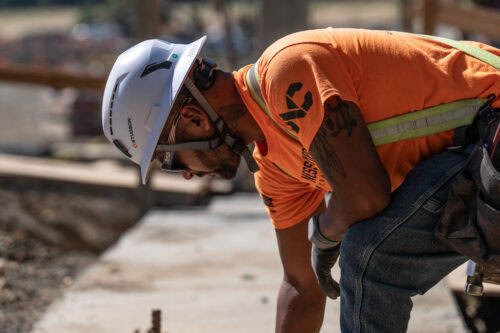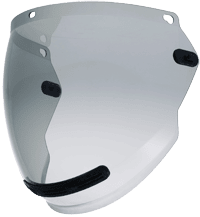In December 2023, the Occupational Safety and Health Administration (OSHA) announced a significant shift in their personal protective equipment (PPE) strategy: inspectors will now wear modern safety helmets, replacing traditional hard hats on worksites. The decision marked a notable endorsement of the advanced safety features that safety helmets provide, signaling the ongoing evolution of industrial head protection. As safety becomes an ever-more pressing priority, especially in high-risk industries, OSHA’s move has drawn attention across the market, with significant implications for both safety standards and workers themselves.
Why the Shift? Understanding OSHA’s Decision
For decades, hard hats were the mainstay of head protection in construction, manufacturing, and other industrial sectors. However, the traditional hard hat design, while effective, has limitations—especially in providing side impact protection and stability. Traditional hardhats typically safeguard against top impacts, like falling objects, but provide less protection for lateral impacts and may shift during sudden movements.
In contrast, modern safety helmets offer a more comprehensive approach to head protection. Inspired by helmet designs used in sports such as climbing and biking, these helmets feature robust suspension systems and impact-absorbing foam liners that provide 360-degree protection. OSHA’s decision to equip inspectors with safety helmets highlights a proactive approach to occupational safety, prioritizing better protection and aligning with the latest technological advancements in PPE.
Key Differences Between Hard Hats and Safety Helmets
The shift from hard hats to safety helmets goes beyond appearance. Unlike hardhats, which are primarily designed to protect against top-down impacts, many safety helmets are constructed with interior foam liners that absorb energy from impacts in multiple directions, including the sides and back of the head. Safety helmets also come with secure chin straps – a feature largely absent in traditional hardhats. These straps prevent the helmet from dislodging, offering consistent coverage during dynamic activities or unexpected movements.
Another critical difference lies in comfort and a secure fit. Safety helmets are designed to fit snugly, reducing the likelihood of accidental removal or slippage, which is common in hard hats that rely only on suspension systems. The helmets’ ergonomic designs also improve balance and reduce strain on workers who wear PPE for long durations, contributing to overall user comfort and compliance.
Enhanced Safety Features: Face Shield Solutions for Specific Risks
Like hard hats, safety helmets should be compatible with a broad range of face protection options, which can be attached to address specific hazards. Due to their relatively short time on the market, safety helmets typically haven’t been universally compatible with accessories like face shields versus traditional hardhats. That said, safety helmets have made significant strides in this regard, with many helmet manufacturers offering the following types of face protection solutions:
- Arc Flash Face Shields: Designed for electrical workers, these shields offer protection from high-intensity electrical arc flashes.
- Heat Reflective Face Shields: Essential for workers in metalworking or foundry environments, heat reflective shields protect against radiant heat from molten metal and other high-temperature exposures, reducing the risk of burns and eye damage.
- Chemical Splash Face Shields: These shields protect from harmful chemical splashes, particularly in laboratories or industries handling hazardous materials. They provide a protective barrier against chemical exposure to the face, minimizing the risk of chemical burns and eye injuries.
- Welding Face Shields: Tailored for welding tasks, these shields include filtered lenses that protect against the intense visible, UV and infrared light produced during welding processes. They prevent eye damage and provide face protection from sparks and spatter.
This adaptability of safety helmets to different shield solutions offers significant benefits across diverse industries. Workers in construction, manufacturing, electrical work, and more can tailor their PPE to their specific work environment, increasing safety and functionality.
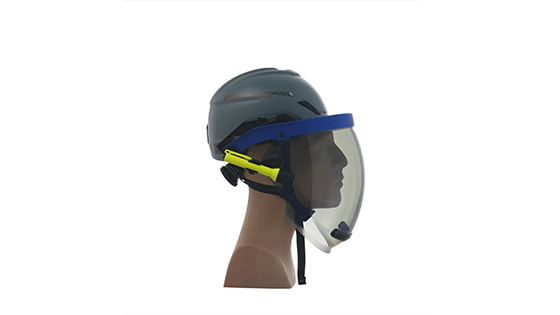
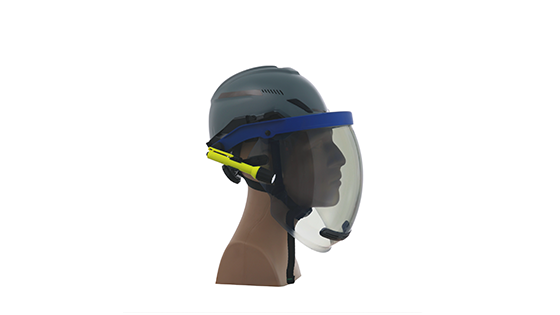
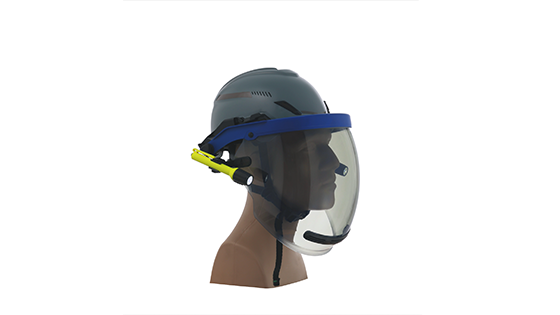
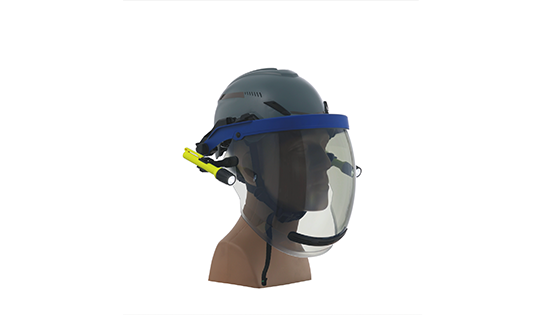
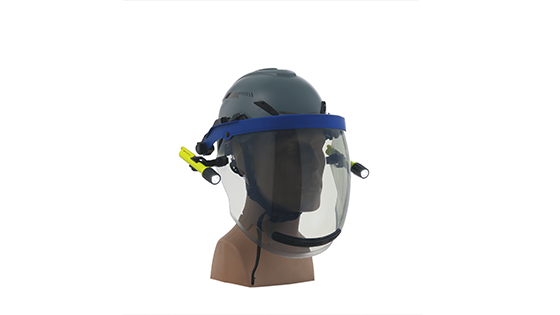
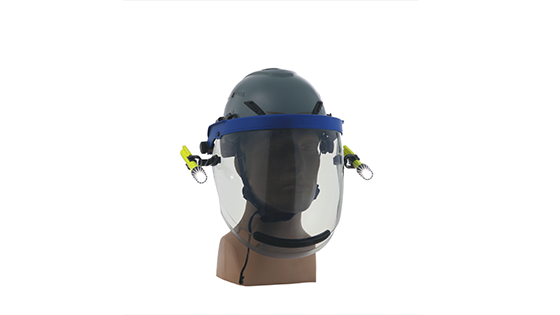
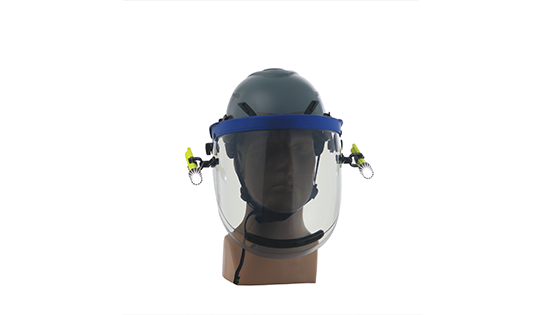
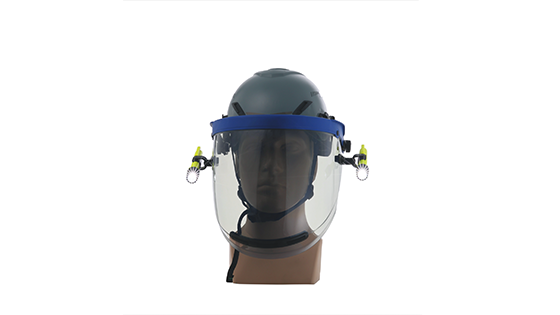
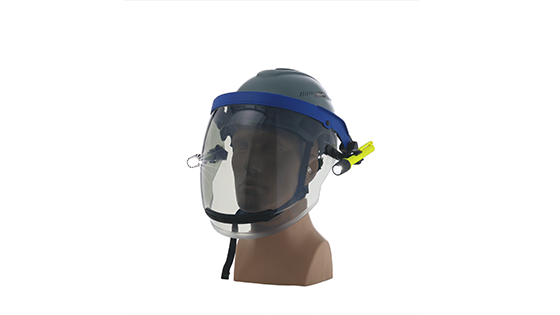
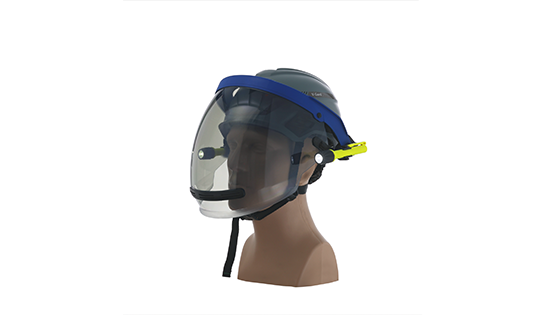
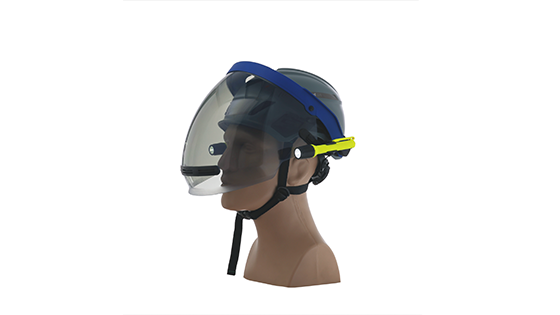
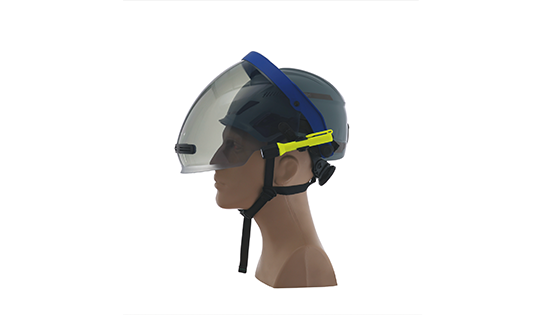
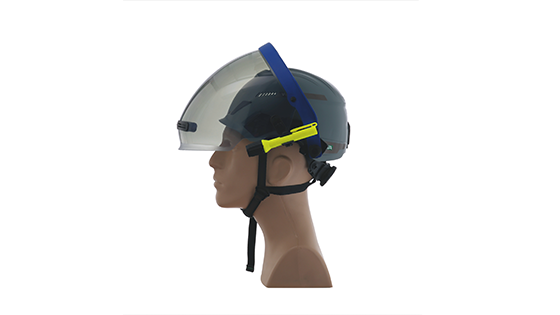
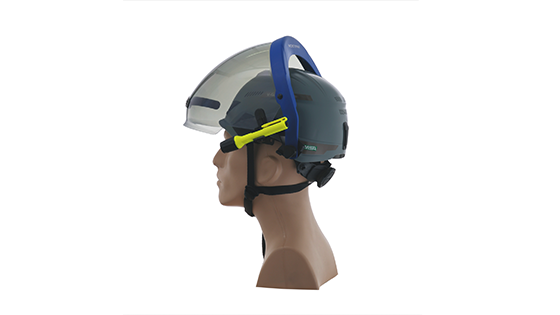
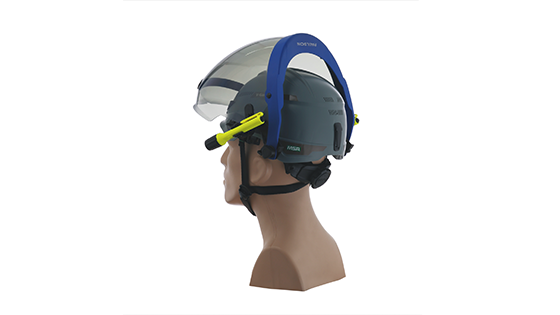
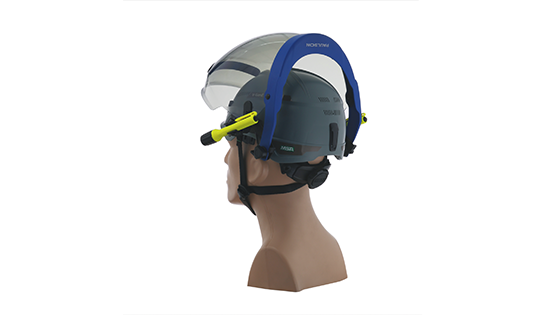

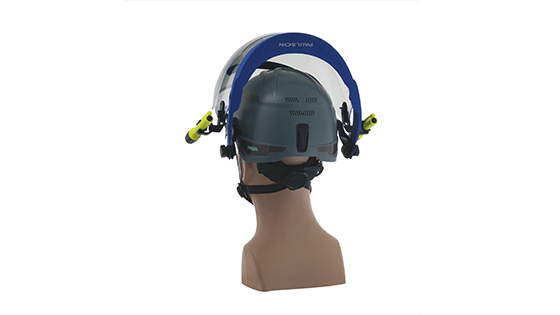
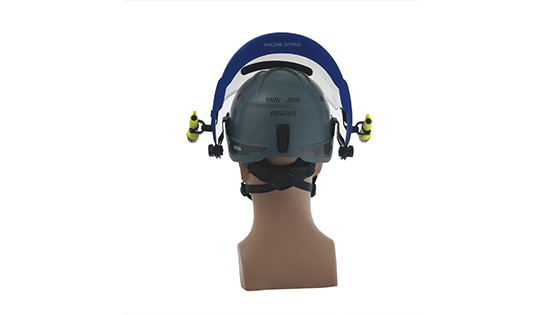
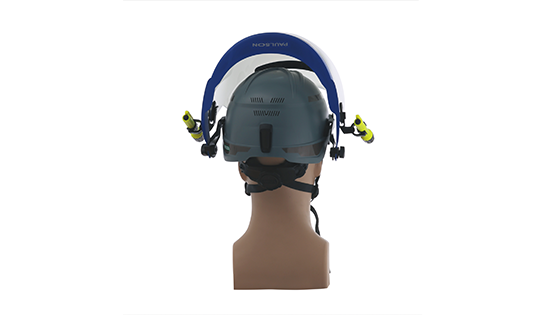
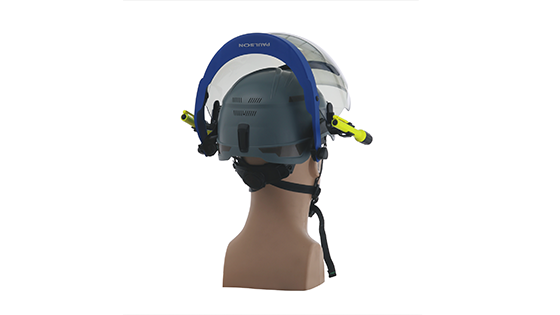
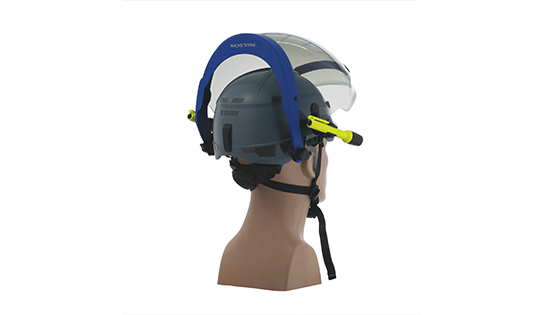
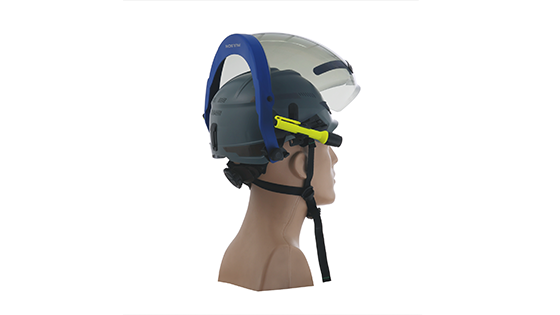
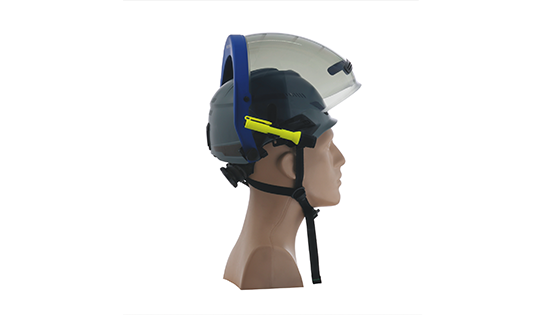
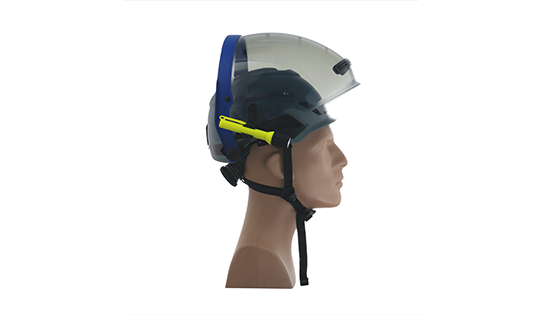
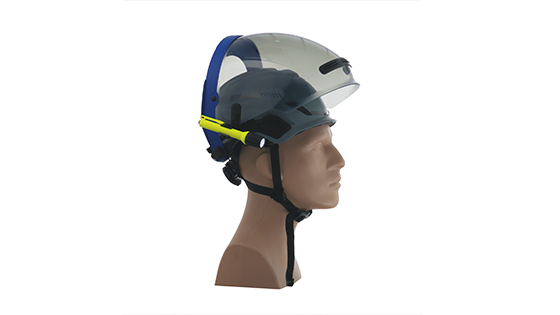

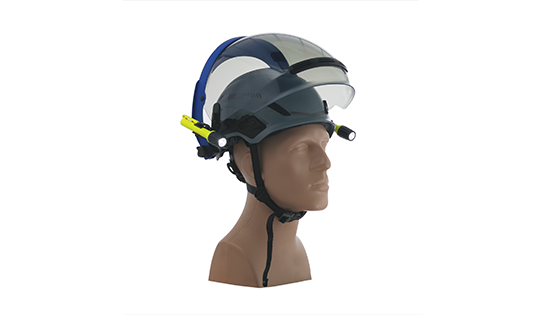
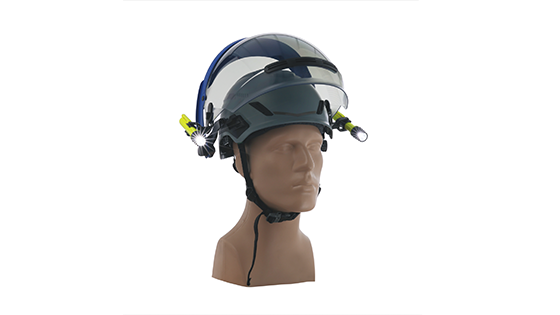

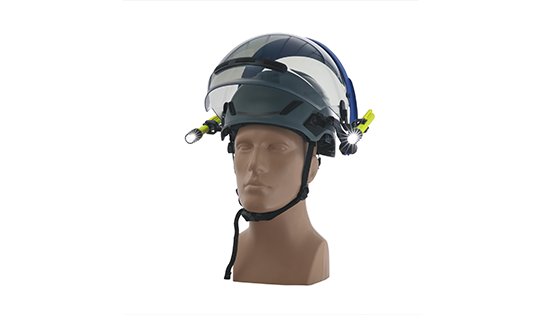
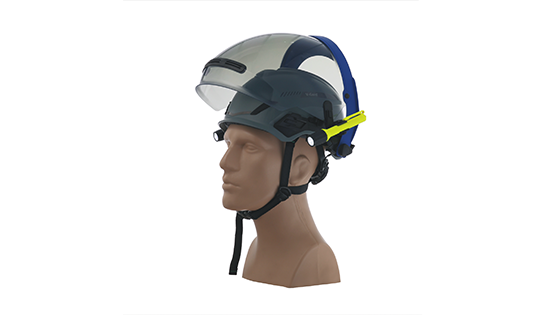
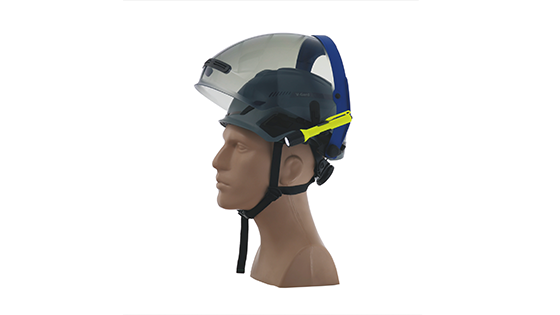
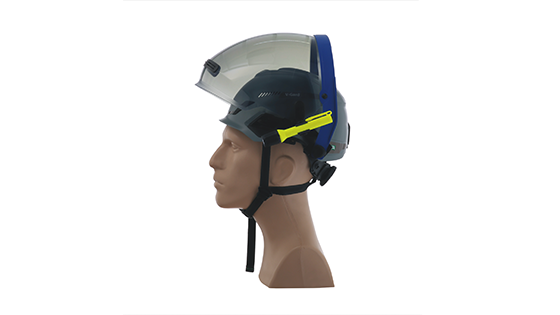
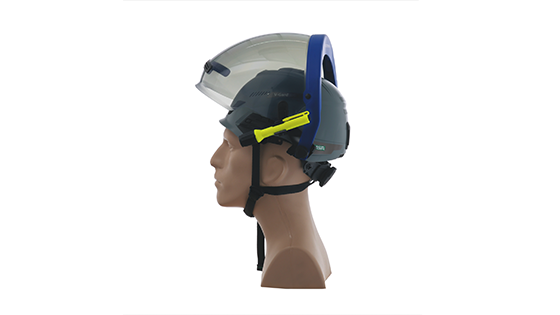

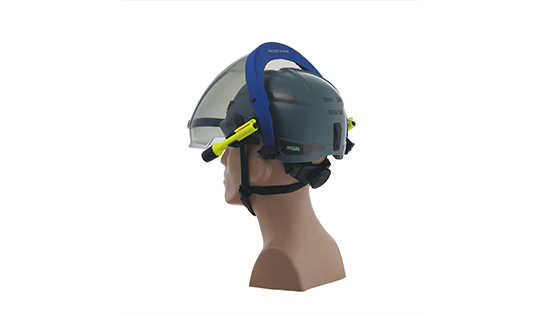
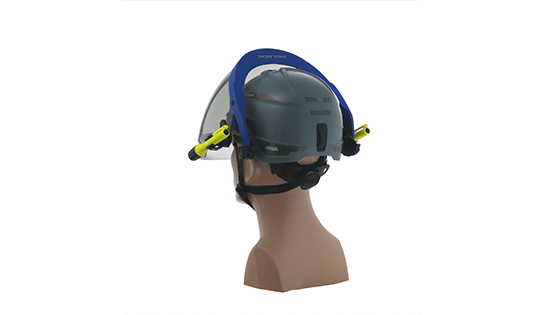
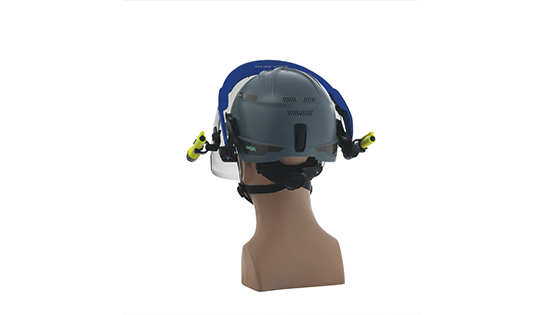

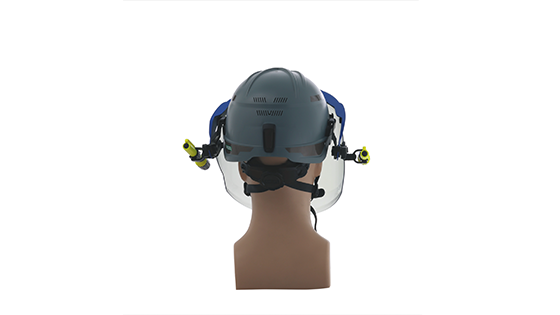
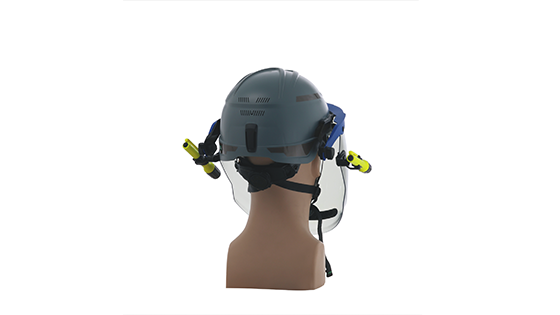
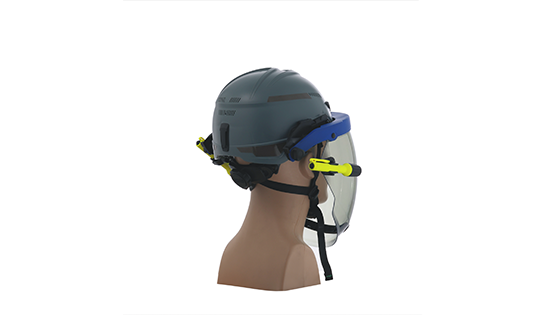



Market Reaction and the Future of Head Protection
OSHA’s endorsement of safety helmets has generated positive momentum in the PPE industry, pushing safety helmet adoption across a wider range of industrial sectors. Safety managers are recognizing the benefits of enhanced protection and are increasingly specifying helmets in their safety requirements. Manufacturers have responded by investing in helmet innovation, expanding helmet offerings with additional features like integrated hearing protection and visor compatibility.
In the long term, the adoption of safety helmets is likely to redefine PPE standards, as they offer superior protection compared to traditional hardhats. OSHA’s switch represents more than an update to its inspection team. It is a powerful signal to industries that next-generation head protection is becoming the norm. As more organizations follow OSHA’s lead, safety helmets with full face protection options may soon become standard, offering industrial workers the best available defense against a range of workplace hazards.
Face Shield Solutions for a Variety of Helmets
Paulson Manufacturing has been producing the highest quality face and eye protection for industrial workers for over seven decades. Specializing in full face protection for severe industrial applications, our face shield solutions are compatible with most major hard hat and safety helmet brands. We maintain close partnerships with many helmet manufacturers, helping us keep up to date with the latest advancements in head protection technology, and ensuring helmet compatibility with our full line of face shields.
To learn more about the benefits of safety helmets vs. traditional hard hats, please contact us today.

